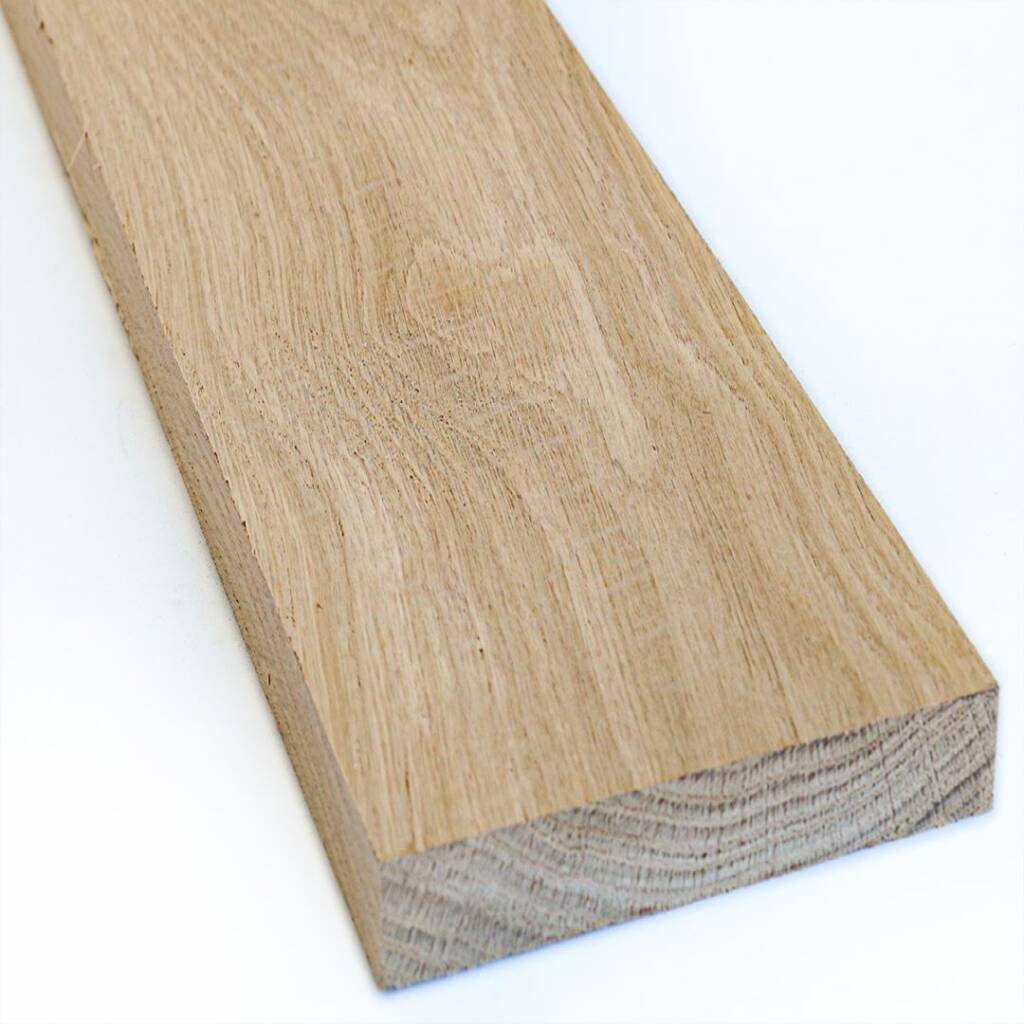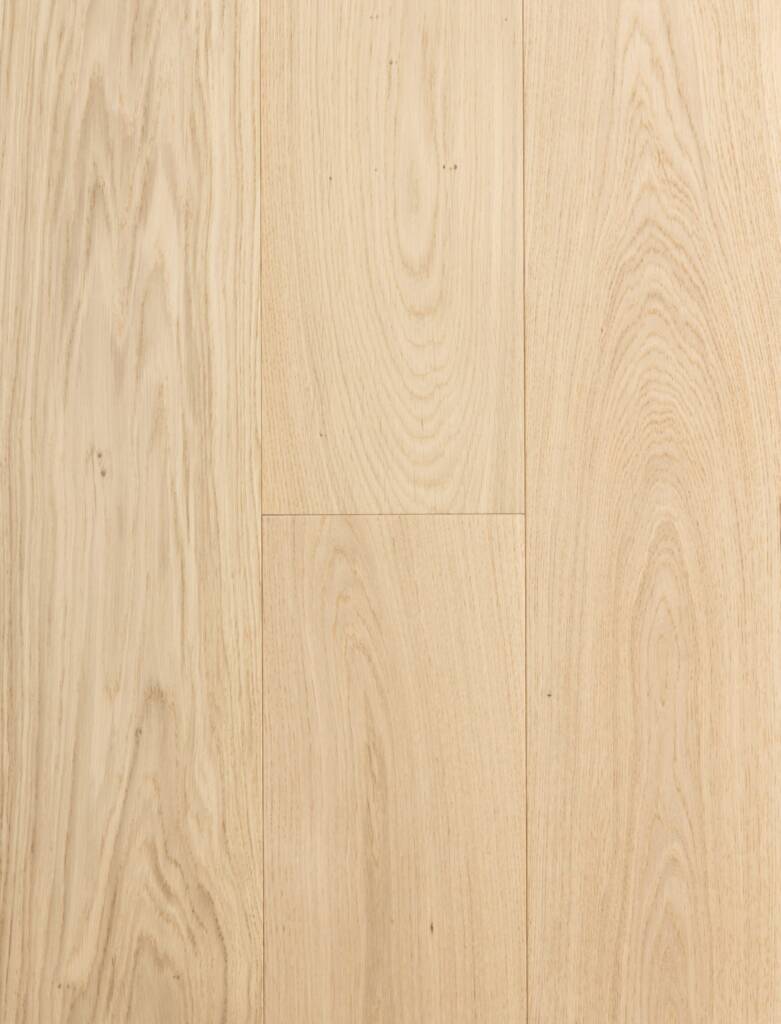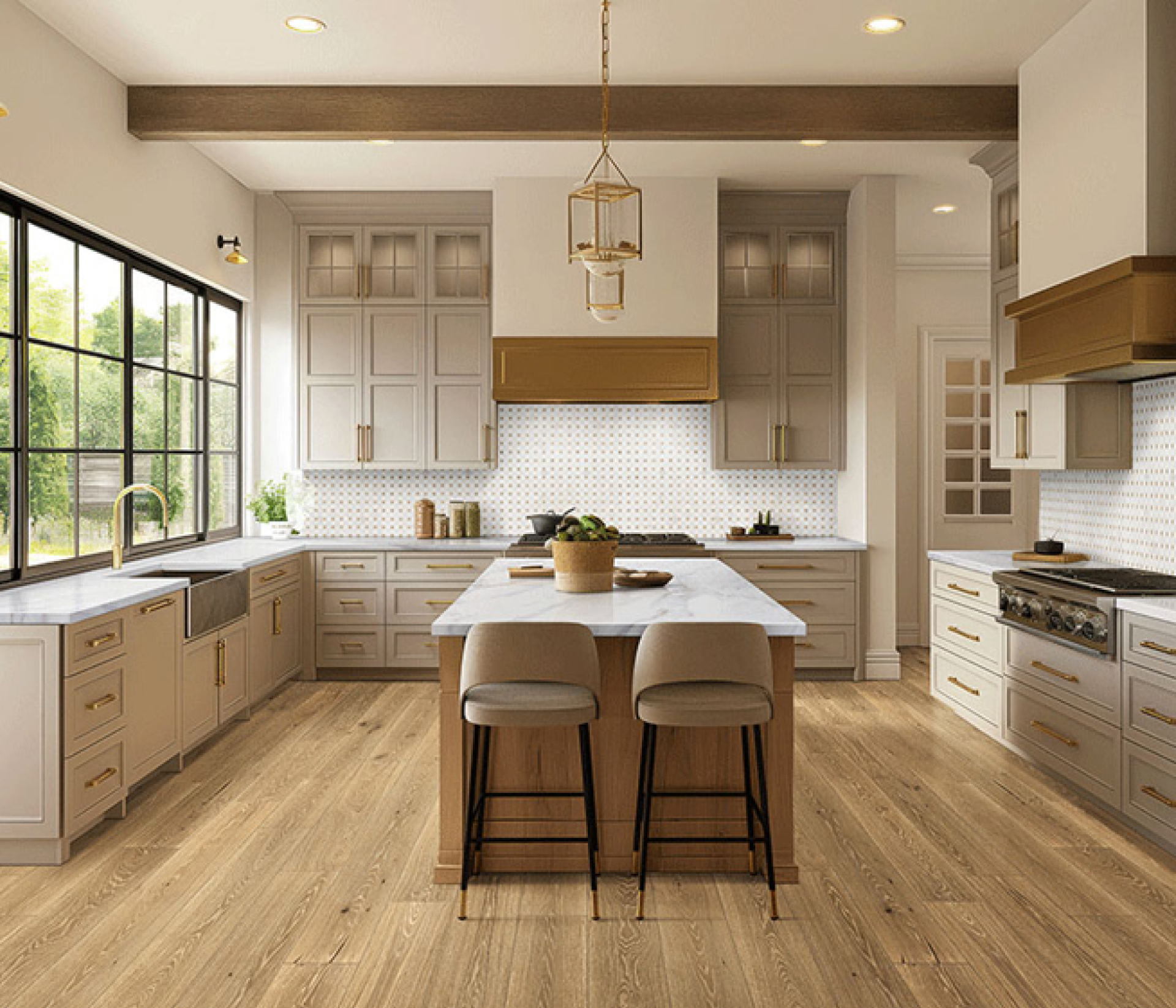European White Oak (Quercus robur and Quercus petraea) is a hardwood species native to Europe, primarily found in France, Germany, England, Poland, and the Balkans. It has been used for centuries in fine woodworking, shipbuilding, and wine barrel production due to its strength, durability, and natural beauty. European White Oak is highly valued in both traditional and modern woodworking industries.

Quality and Characteristics
Appearance
- European White Oak has a light to medium brown color with warm golden or honey undertones, often darker than American White Oak.
- It features a tight, straight grain with occasional wavy patterns, giving it a distinctive and elegant look.
- The wood contains tannins, which enhance its resistance to decay and contribute to its rich patina over time.
Durability and Strength
- European White Oak is extremely durable, with a Janka hardness rating of approximately 1,120–1,350 lbf (4,980–5,990 N).
- It has high natural resistance to moisture, rot, and insects, making it ideal for both indoor and outdoor applications.
- This strength has historically made it a preferred choice for boatbuilding, structural beams, and wine barrels.
Workability
- European White Oak is relatively easy to machine, cut, and shape, though its density can wear down cutting tools.
- It stains and finishes well, developing a rich patina over time.
- The wood has excellent steam-bending properties, making it suitable for curved furniture and architectural elements.
Common Uses
- High-end furniture (tables, cabinets, chairs)
- Flooring and staircases
- Doors, paneling, and millwork
- Wine and whiskey barrels (widely used in the aging process)
- Boatbuilding and exterior structures



